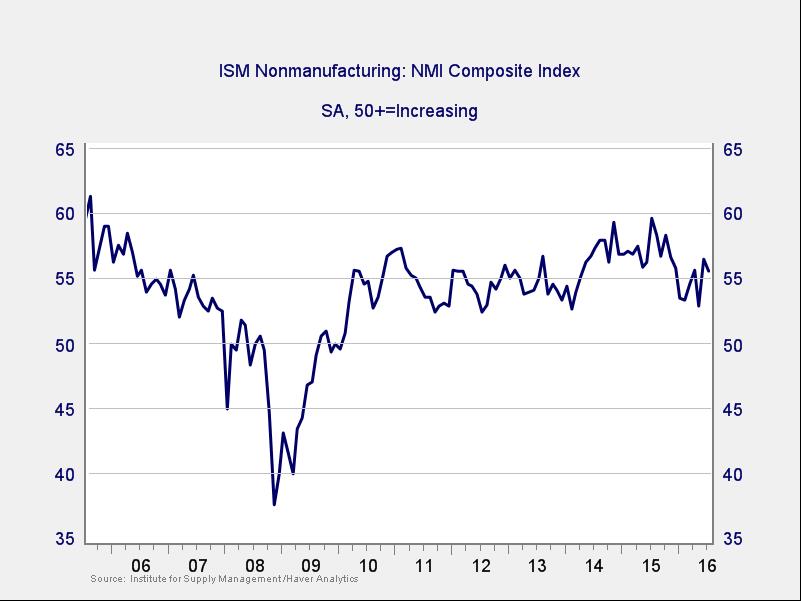Q&A: Understanding low-volatility investing
by Christopher Doll, VP, Product and Business Strategy, Invesco Canada
With market volatility on the rise and continued uncertainty around the globe, low-volatility investing has become a valuable tool for providing risk-reduced equity exposure in investor portfolios.
The low-volatility “anomaly” discussed below has been observed in extensive research conducted for many years by S&P Dow Jones and global academics. In the early days of low-volatility investing, the strategies were viewed by many as a way to stay invested in equity markets while reducing risk. In recent years, however, the role of the low-volatility factor has evolved to include both strategic allocations and tactical plays in investor portfolios.
We recently hosted two experts from S&P Dow Jones Indices for an in-depth conversation about the foundations of low-volatility investing, how to access the factor and various ways investors can implement it into portfolios.
Below is part one of a three-part conversation I had with S&P Dow Jones Indices’ Craig Lazzara, Global Head of Index Investment Strategy and Shaun Wurzbach, Global Head of Financial Advisor Channel Management.
Stay tuned for upcoming conversations on portfolio construction ideas that investors and their advisors can consider around low-volatility and understanding how index construction can change performance outcomes.
Chris: What is the theory behind low-volatility investing?
Craig: Low volatility investing started with an observation that runs against a common assumption about the relationship between risk and return – the idea that high risk means you should expect higher returns.
The observation was that over time, high-volatility, high-risk stocks, simply did not outperform those with lower-volatility. The assumption around higher risk as a determinant of higher returns was not observed in our research. A number of theories emerged from academic study of high-volatility stocks underperforming their expected level of volatility, but what we have seen consistently in the U.S., Canada and all over the world is a tendency for low-volatility stocks to outperform the market as a whole over time. That is the essence of the low-volatility factor.
By definition, low-volatility stocks carry less downside risk than higher-volatility (or average-volatility) stocks, so one can’t assume that they generate excess returns because they carry greater risk. For this reason, people often refer to a low-volatility “anomaly” – meaning simply that what is visible in the data is not easily explained by common theories and assumptions.
Chris: Do you consider low volatility to be a true factor, or are you in the anomaly camp?
Craig: They can be synonymous. It’s clearly a factor – meaning a quality with which excess returns may be associated – and because there isn’t an efficient market explanation for it, unlike other factors (momentum, quality, small-size), it is also accurate to refer to it as an anomaly.
Chris: If market history supports a low-volatility strategy, why might some investors still pursue more risky investments?
Craig: Behavioural economics assumes that people are not rational decision makers, but rather human beings that make systematic mistakes based on individual cognitive biases. When analyzing low volatility, we pay particular attention to the cognitive bias commonly referred to as the “preference for lotteries.”
This bias explains the irrational existence and popularity of lotteries in society. The expected value of buying a lottery ticket is negative. Therefore, no rational person would ever buy a lottery ticket. The logical conclusion then is that operating a lottery anywhere in the world would be futile. However, as we know, billions of dollars is spent on lottery tickets every year. Classical economics does not have an explanation for this phenomenon, and behavioural economists believe that some people are willing to risk a known amount in exchange for the possibility, even a very slim possibility, of a huge financial windfall.
If you take that insight and apply it to the financial markets, what is the equivalent of the lottery ticket? A relatively high-volatility stock that might not amount to much, but could potentially be the next Apple or Google.
There are investors who want to buy volatility for its own sake – not based on valuation or the belief that a particular business is high-quality or poised for growth. Because there are investors focused on volatility in this way, some stocks become overpriced relative to others that don’t inspire the same demand. The structural argument behind low-volatility is that systematically avoiding the volatile stocks can produce better returns.
Shaun: Chris, I’ll add something on the behavioural side. It’s been said that a person can experience both fear and greed in the same moment. In many ways, I believe that the discipline of a rules-based approach has been a big contributor to the success of low-volatility strategies. At S&P, our approach uses a selection and weighting methodology focused on standard deviation over the last year, and then applies quarterly rebalancing. As an index provider, we don’t have views about a company or a sector – and this is something that many investors and advisors find confidence in.
Upcoming
The next two installments of my conversation with Craig and Shaun will cover how low-volatility strategies can provide the two Ps – participation and protection from downside risk – and the potential benefits of an unconstrained, rankings-based approach to low-volatility.
If you have any comments or questions, you can leave them in the comment box below.
This post was originally published at Invesco Canada Blog
Copyright © Invesco Canada Blog















